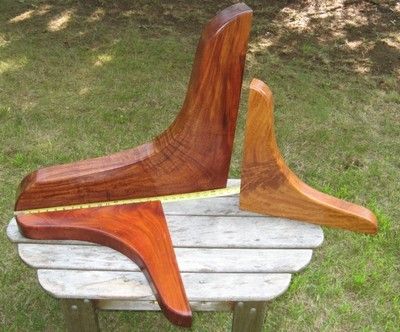Chairs nearly always fail at this particular joint, where the side rails join the back legs, and once this joint goes all the other joints on the chair will begin to fail as well unless you fix it.
You're lucky, judging from the photograph the glue has failed and the joint has come apart cleanly. If at all possible you want to repair it without screws, brackets or anything else, you just want to re-instate the original joint. That's not only for aesthetic purposes, it's simply the best way to preserve the strength and integrity of the chair. Your first plan should be to clean off the old glue as best you can, re-glue and use a strap cramp (or if you haven't got a strap cramp then make a Spanish windlass) and you should be good for another twenty years!




































